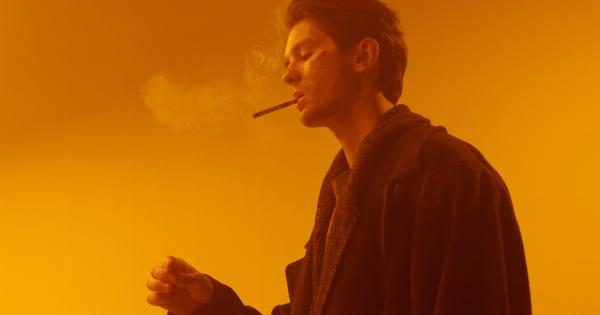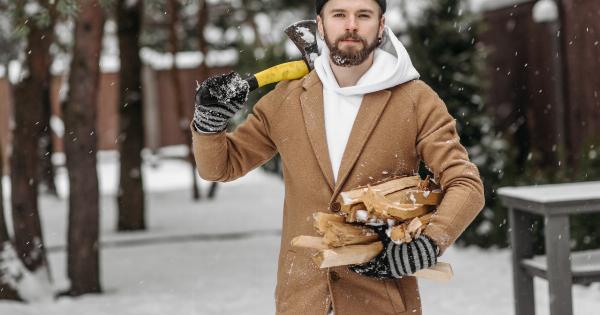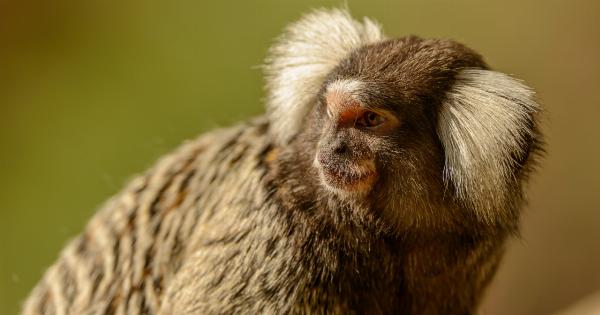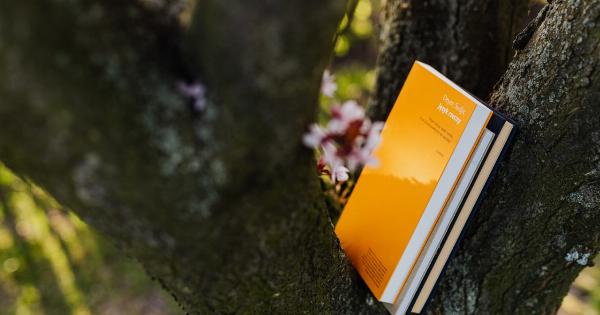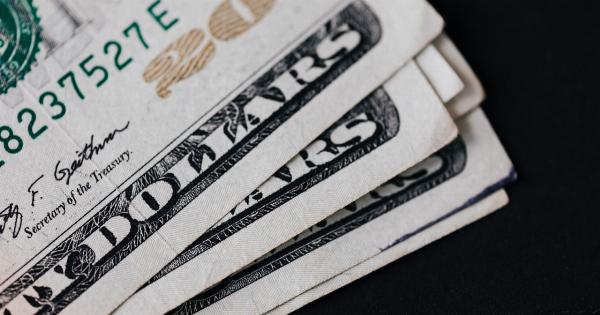Have you ever experienced a sudden startle as you drift off to sleep? That feeling of falling, accompanied by a sharp jerk of your body, is a common occurrence for many people.
It is known as a hypnagogic jerk or a sleep start, and although it may startle you awake, it is usually harmless. In this article, we will explore the reasons behind this peculiar sensation and what happens to our bodies when we experience it.
The Hypnagogic State and Sleep Start
The falling sensation we experience while falling asleep primarily occurs during the transition between wakefulness and sleep. This period is known as the hypnagogic state.
As we begin to relax and drift off to sleep, our brain waves shift from the alertness of wakefulness to the slower, more relaxed wave patterns of sleep. It is during this transition that hypnagogic jerks commonly occur.
Brain and Muscle Involvement
One theory suggests that the falling sensation and accompanying jerk occur due to a sudden disconnection between the brain and the muscles. As our body transitions into sleep, our muscles relax and become less responsive.
However, occasionally, our brain may interpret this muscle relaxation as a sign of falling, triggering a protective muscle contraction or jerk to prevent us from actually falling.
Influence of Stress and Anxiety
Stress and anxiety can play a significant role in the occurrence of hypnagogic jerks. When we are stressed or anxious, our sympathetic nervous system is highly active, leading to increased muscle tension.
This heightened muscle tension can contribute to a higher likelihood of experiencing the falling sensation while falling asleep. Additionally, the stress-induced hyperarousal may make the transition from wakefulness to sleep more abrupt, further exacerbating the occurrence of hypnagogic jerks.
Evolutionary Explanations
Some evolutionary theories propose that the falling sensation during sleep originates from our ancestral past, where falling from trees or elevated places posed a real physical danger.
According to this theory, our brain may have developed a mechanism to protect us from injury by triggering a jerking reflex as a response to the perception of falling. This reflexive jerk would then wake us up and prevent us from actually falling.
Other Factors and Triggers
Various factors and triggers can influence the frequency and intensity of hypnagogic jerks and the accompanying falling sensation. These include:.
- Physical exhaustion or sleep deprivation
- Inconsistent sleep schedule or jet lag
- Intake of stimulants, such as caffeine or certain medications
- Environmental factors, including noise or an uncomfortable sleep environment
When to Seek Medical Advice
In most cases, hypnagogic jerks are harmless and do not require medical intervention.
However, if you experience frequent or intense jerks that significantly disrupt your sleep or are accompanied by other concerning symptoms, it is advisable to consult a healthcare professional. They can help determine if any underlying sleep disorders or medical conditions may be contributing to the jerks.
Managing Hypnagogic Jerks
Although it may not be possible to completely eliminate hypnagogic jerks, certain lifestyle modifications and sleep hygiene practices can help reduce their frequency and intensity:.
- Establish a consistent sleep schedule
- Create a relaxing bedtime routine
- Ensure a comfortable sleep environment
- Avoid stimulating activities, caffeine, and electronics close to bedtime
- Manage stress levels through relaxation techniques or therapy
Conclusion
The falling sensation experienced while falling asleep, known as hypnagogic jerks or sleep starts, is a common phenomenon with various underlying factors.
Understanding that the jerks are generally harmless can alleviate any anxiety or concern associated with the experience. Implementing healthy sleep habits and managing stress levels can help minimize the occurrence of hypnagogic jerks, ensuring a more peaceful transition into sleep.



